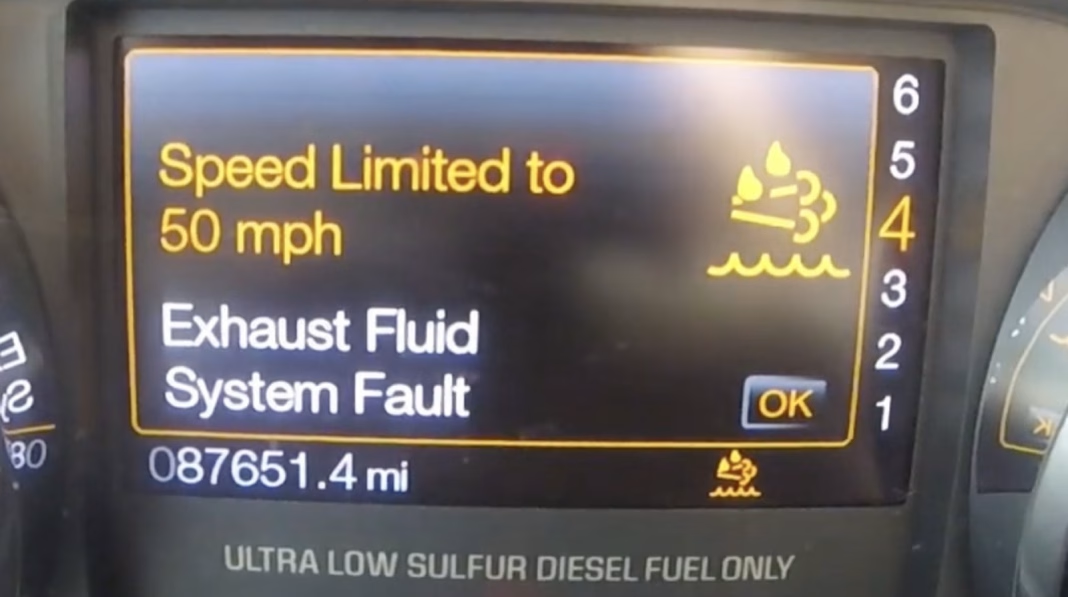Why Are Truck Owners Frustrated With Low-DEF Limp Mode?
If you drive a diesel truck, you’ve probably heard the groans about low-DEF (Diesel Exhaust Fluid) limp mode. It’s that dreaded moment when your dashboard lights up, warning you that your DEF is low or there’s a system glitch. Suddenly, your truck’s power drops, sometimes to a crawl. For folks who rely on their trucks for work or long hauls, this isn’t just annoying—it can mean lost time, money, and even safety concerns if you’re stranded far from help.
The original idea behind limp mode was to keep emissions in check. If the DEF system fails or runs dry, the truck limits its own performance to prevent excessive pollution. But here’s the kicker: recent feedback from drivers and fleets shows that these strict limp modes often do more harm than good. Imagine being stuck on the side of a busy highway, not because your engine failed, but because a sensor tripped or the DEF tank ran low. That’s a headache nobody needs.
What’s the EPA Saying About Limp Mode Now?
EPA Administrator Lee Zeldin has weighed in, and his stance is clear: manufacturers should rethink how limp mode works. Zeldin is urging truck makers to update older models and ditch the nagware that forces trucks into limp mode for minor DEF issues. The EPA’s latest guidance suggests that while emissions controls are crucial, there’s room for smarter, less disruptive solutions.
This isn’t just talk. According to a 2023 industry survey by the American Trucking Associations, nearly 60% of fleet operators reported at least one significant delay in the past year due to DEF-related limp mode. That’s a staggering figure, especially when you consider the ripple effects on supply chains and small businesses.
Are There Better Ways to Handle Emissions Without Disabling Trucks?
Absolutely. Experts in vehicle diagnostics and emissions technology have pointed out that modern sensors and software can alert drivers to DEF problems without crippling the truck. For example, instead of slashing engine power, a system could provide persistent reminders, limit top speed only after repeated warnings, or allow for a grace period to reach a service center.
Some manufacturers are already experimenting with these approaches. Volvo Trucks, for instance, has rolled out software updates that give drivers more time to address DEF issues before any performance reduction kicks in. This kind of flexibility helps keep trucks on the road while still meeting environmental standards.
What Should Truck Owners and Fleets Do Next?
If you’re managing a fleet or own an older diesel truck, it’s worth checking with your dealer or manufacturer about available software updates. Many companies are responding to the EPA’s push by offering patches that reduce the severity of limp mode or make the warnings less intrusive. It’s also smart to keep your DEF system well-maintained—regular checks and using quality DEF can prevent most issues before they start.
For those who’ve been burned by limp mode in the past, sharing your experience with manufacturers and industry groups can help drive further change. The more feedback regulators and companies get, the faster we’ll see practical solutions.
How Will These Changes Impact the Trucking Industry?
The shift away from aggressive limp modes could be a game-changer for the industry. Less downtime means more reliable deliveries and fewer headaches for drivers. It also builds goodwill between regulators, manufacturers, and the people who actually use these trucks every day.
There’s still work to do, especially for older models that haven’t yet received updates. But the trend is clear: emissions compliance doesn’t have to come at the cost of productivity or safety.
The big takeaway? Fixing limp mode isn’t about perfection—it’s about smarter adjustments. Start with one change this week, and you’ll likely spot the difference by month’s end.


